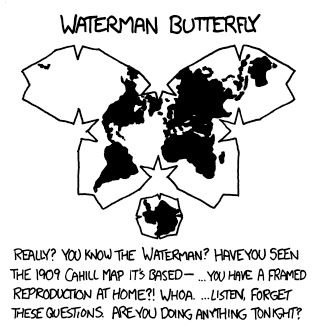- cross-posted to:
- barcelona@lemm.ee
- cross-posted to:
- barcelona@lemm.ee
You might not see it if you have specific languages selected and not catalan
cross-posted from: https://lemm.ee/post/44181347
Source: https://old.reddit.com/r/catalunya/comments/1fwo5nn/he_fet_un_mapa_dels_serveis_ferroviaris_de/
This map design is highly reminiscent of SBB line maps
SBB? It looks like the Tube Map to me
I guess you’re right. It used to look more similar but not quite anymore. They all look similar to me though.
This is the current version of the SBB. There’s also an interactive version.
I’m under the impression that pretty much all railway maps are based on, or developed from, the style of London Underground (also known as “The Tube”) maps from the 1930s onwards - so they all look kind of similar, because the designs all grew and developed from the same starting point.
https://en.wikipedia.org/wiki/Transit_map#History
The mapping of transit systems was at first generally geographically accurate, but abstract route-maps of individual lines (usually displayed inside the carriages) can be traced back as early as 1908 (London’s District line), and certainly there are examples from European and American railroad cartography as early as the 1890s where geographical features have been removed and the routes of lines have been artificially straightened out. But it was George Dow of the London and North Eastern Railway who was the first to launch a diagrammatic representation of an entire rail transport network (in 1929); his work is seen by historians of the subject as being part of the inspiration for Harry Beck when he launched his iconic London Underground map in 1933.
After this pioneering work, many transit authorities worldwide imitated the diagrammatic look for their own networks, some while continuing to also publish hybrid versions that were geographically accurate.
Odd that Estacio de França is now the terminus only of lines from the opposite direction - but it makes sense to run all across the centre.



